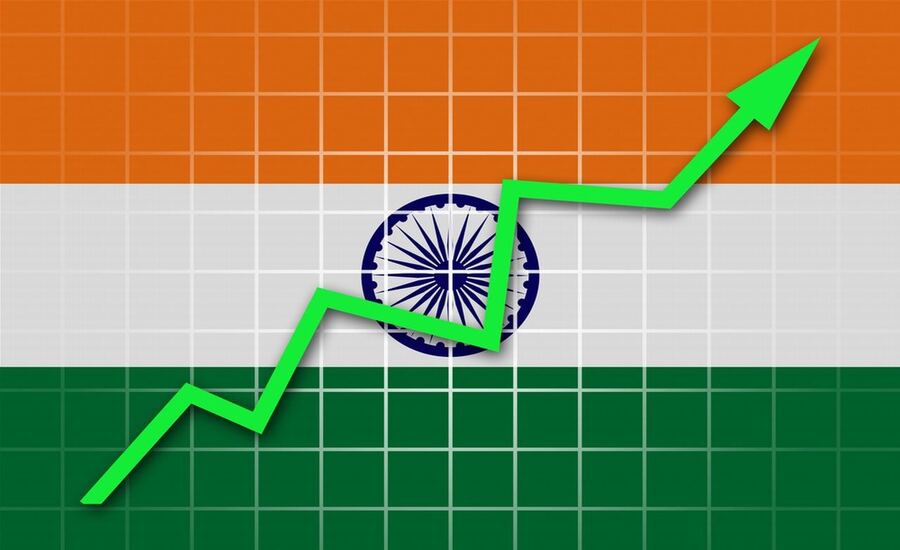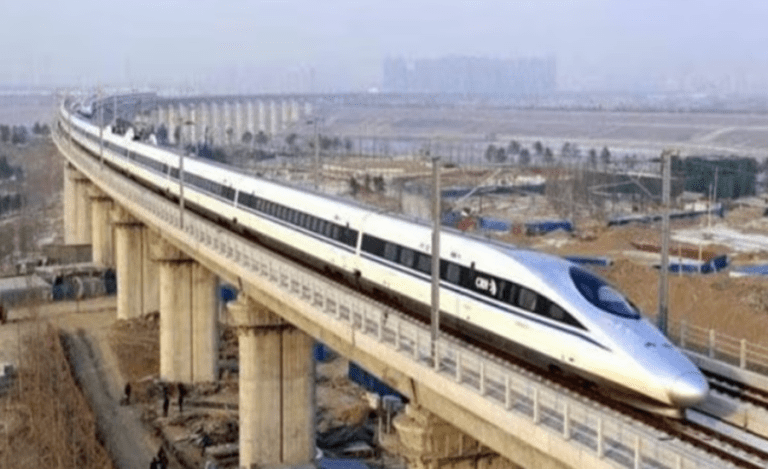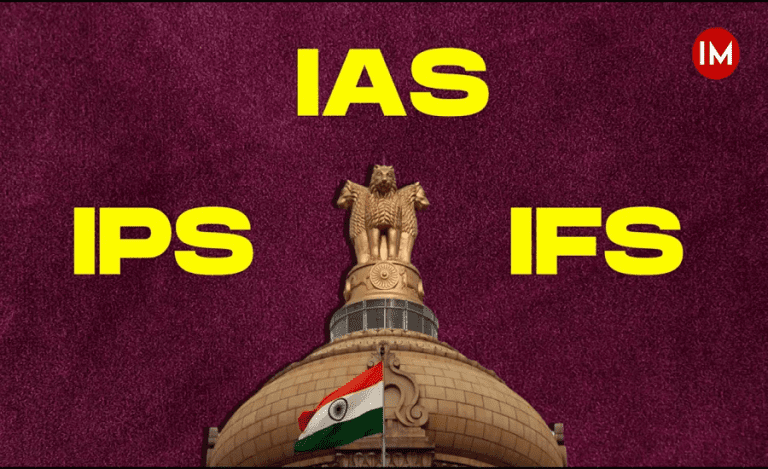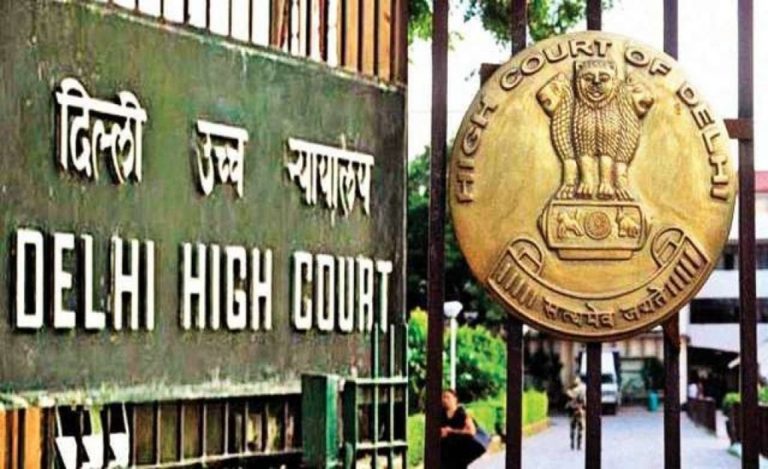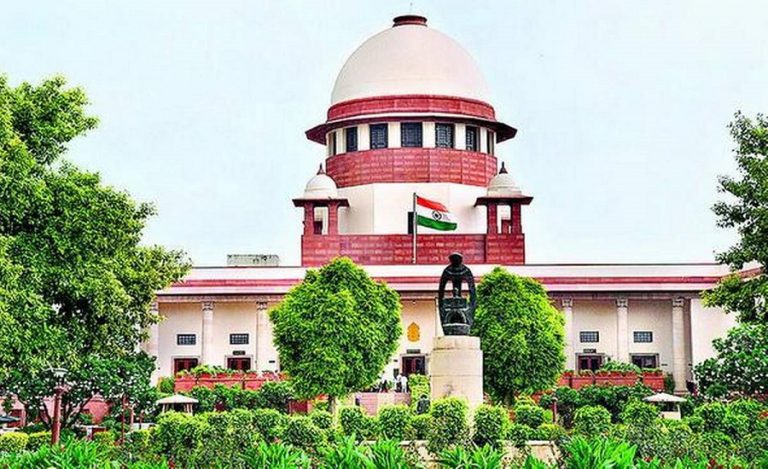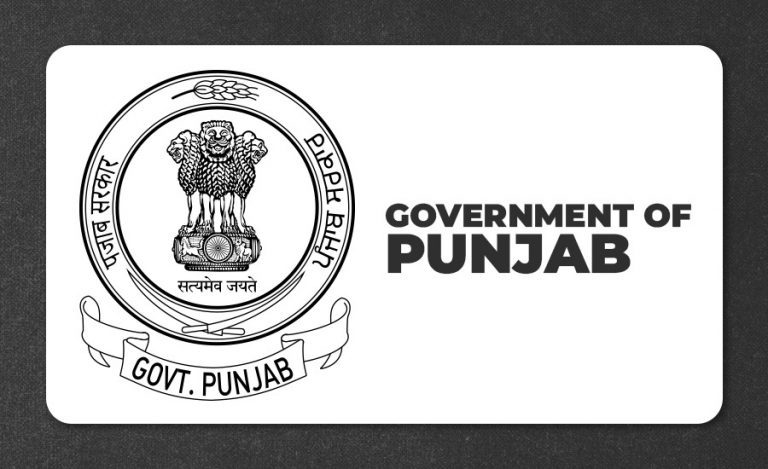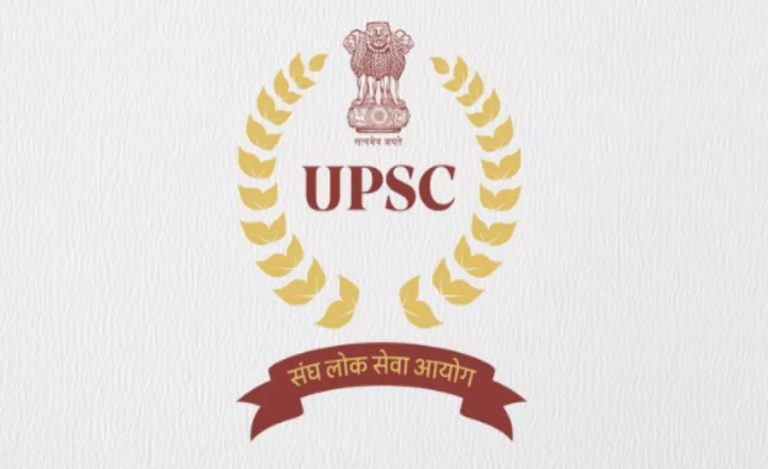New Delhi: India is rapidly cementing its status as a pivotal force in the global energy landscape, transitioning from being a participant to a key architect of the world’s energy future.
Union Minister for Petroleum and Natural Gas Hardeep Singh Puri on Friday highlighted India’s growing energy strength, underscoring the nation’s expanding refining capacity, clean energy initiatives, and infrastructure development.
In a detailed post on X, the Minister noted that India — already the world’s third-largest energy and oil consumer — has emerged as the fourth-largest refining hub, with a total refining capacity exceeding 258 million metric tonnes per annum (MMTPA). The country’s significance in the global liquefied natural gas (LNG) market continues to rise as it now stands as the fourth-largest LNG importer, accounting for nearly 6% of global trade.
India is Expanding Energy Infrastructure
India’s energy infrastructure has seen rapid expansion, with the nation operating the sixth-largest pipeline network in the world, spanning 25,429 km. The government aims to extend this network to 33,475 km by 2030, ensuring wider energy accessibility and efficiency across regions.
The Pradhan Mantri Ujjwala Yojana (PMUY) remains a cornerstone of India’s domestic energy transformation, empowering 10.60 crore households and supporting over 33 crore LPG consumers nationwide.
The initiative continues to enhance access to clean cooking fuel, particularly in rural and low-income households.
In the exploration and production segment, India has launched its largest offshore Open Acreage Licensing Policy (OALP) round, covering 25 blocks across an extensive area of 1.91 lakh square kilometers. This step underscores the country’s commitment to unlocking new hydrocarbon resources to meet its rising energy needs.
Clean Energy Transition and Green Goals
Under the leadership of Prime Minister Narendra Modi, India has made remarkable strides toward sustainable energy development. The nation aims to produce 900 KTPA (kilotonnes per annum) of green hydrogen by 2030, aligning with its commitment to clean fuel and carbon neutrality.
In the renewable energy and biofuel segment, India is advancing rapidly with 114 compressed biogas (CBG) plants currently operational, generating 780 tonnes per day. During FY 2024–25 alone, 42,800 tonnes of biogas were procured, showcasing India’s growing focus on circular energy models and waste-to-energy conversion.
“India is not just part of the world’s energy story — it is shaping it,” Minister Puri asserted, crediting the nation’s progress to Prime Minister Modi’s visionary leadership and proactive energy diplomacy.
Balancing Growth and Sustainability
India’s energy transformation comes amid global shifts in consumption and sustainability priorities. According to the International Energy Agency (IEA), 85% of the increase in global electricity demand over the next three years will originate from emerging and developing economies, with India contributing a significant share.
As one of the fastest-growing major economies, India’s energy demand is projected to grow at the highest rate among major global economies, driven by industrial expansion, urbanization, and rising living standards. Official estimates suggest that India’s share in global primary energy consumption could double by 2035, reflecting its central role in the ongoing global energy transition.
The Road Ahead
With a focus on energy security, affordability, and sustainability, India is leveraging a diversified approach — expanding fossil fuel capacity while accelerating the adoption of renewables, green hydrogen, and biofuels. As global dynamics shift towards decarbonization, India’s integrated energy strategy positions it not merely as a consumer but as a driving force in shaping the world’s energy future — balancing economic growth with environmental stewardship.

